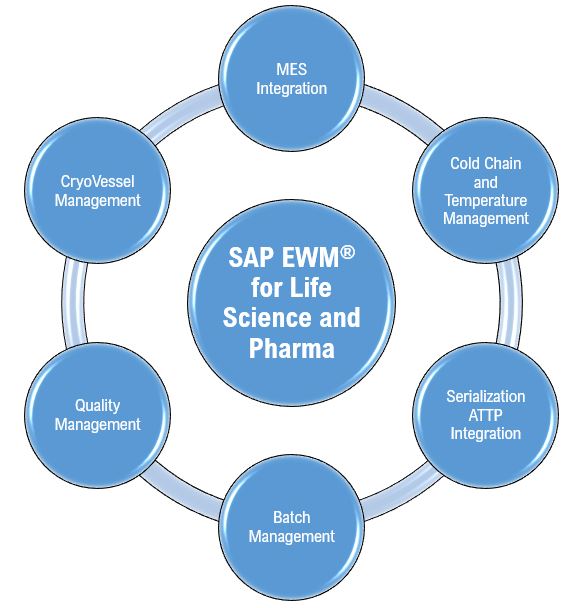It is not wrong to say that Unified Communications (UC) has transformed the way we live and work. Just a few years ago, virtual meetings and collaboration were unfamiliar concepts to many. Today, they have become integral to our daily work—whether in-office, remote, or hybrid, collaboration tools play a crucial role in how we work.
Our lives are surrounded by mobile apps for booking cabs, ordering groceries, shopping online, and more. All these apps rely on UC for calling, messaging, notifications, and other features. Without UC, these apps would lose their unique selling points (USPs).
Let us explore the likely UC innovations in store for 2025 that promise to further enhance our lives.
1. Agentic AI led Collaboration
2024 has been a great year for unified communications and collaboration with innovations mainly centered around AI. The UC AI features like meeting summaries, transcriptions, language translations and more have entered the mainstream and businesses are benefiting from them to improve employee productivity.
In 2025, we will see Agentic AI getting into mainstream collaboration. For instance, today, scheduling a meeting with required and optional participants by looking into the calendar for availability, time zones are a manual process – We could well see this task is automated with the help of agents. The host of the meeting just need to say the intent of the meeting, and the agentic AI in meetings would set up the meeting for the host.
2. Secure Communications
Security has always been the top priority of any organization, and with AI and GenAI evolution the stakes on security has grown up immensely. Organizations are deeply concerned about the threats and attacks the hackers are organizing using GenAI.
In 2025, secure communications will become more than just encrypted messages; they now involve leveraging AI-driven solutions to predict, detect, and mitigate threats in real-time. End-to-end encryption is no longer optional but is augmented with AI-powered anomaly detection systems to flag suspicious behaviors or breaches instantly.
3. AI Avatars – Digital Twins in UC
Avatars are not new to meetings; they were initially introduced to represent people who feel too self-conscious to appear on camera. However, new AI avatars—Digital Twins in UC—are set to transform meetings, with avatars that could truly replace people by responding to questions and sharing insights.
In 2025, UC vendors are expected to introduce AI avatars that can learn user preferences, handle tasks on their behalf, and fully attend meetings, enabling users to focus their attention on other priorities.
For example, on a Monday morning, your AI system might notify you that you have five scheduled meetings, but only one truly requires your personal input. For the remaining meetings, you could send your digital twin to participate, ensuring that your colleagues still feel connected to you.
4. Hybrid UC
Hybrid UC will continue to evolve in 2025. Currently, half of the installed UC base still consists of Premise UC PBX systems. While we witnessed significant investments and innovations in UCaaS during and after the pandemic, which increased its market share, UC vendors are now focusing on building integrations between Premise UC and UCaaS.
UCaaS vendors are collaborating with Premise UC vendors to offer customers with extensive Premise UC estates the flexibility to leverage their existing investments while also enabling new investments in UCaaS. This trend will continue in 2025.
5. Integration of UC with CC and Business Systems
Today’s businesses are focused on providing a great customer and employee experience while optimizing internal operations and communications. This is achievable through a single unified platform by integrating internal Unified Communications (UC) systems with Customer Relationship Management (CRM) and Contact Center (CC) systems.
In 2024, we saw this trend becoming a reality as major UC vendors began offering contact center extensions. For example, organizations were able to streamline customer interactions by enabling service agents to access customer history and provide personalized support—all within the same interface. Features like automated call routing based on CRM data, sentiment analysis using AI, and real-time analytics became commonplace, significantly enhancing both operational efficiency and customer satisfaction.
In 2025, businesses are expected to adopt even more advanced integrations, such as AI-driven virtual assistants and predictive customer journey mapping, ensuring a cohesive and future-ready communication strategy.
6. UC will continue to thrive in Hybrid work model
Hybrid work model will continue to reign supreme in 2025 and beyond. A full return to 100% in-office work is unlikely. Employees increasingly demand flexible work arrangements that combine the benefits of in-office and remote work. Organizations are responding by adopting hybrid policies, driven by positive feedback from employees who appreciate the greater autonomy, improved work-life balance, and enhanced collaboration opportunities this model offers.
Unified Communications in 2025 is not just a toolset but a strategic enabler, empowering organizations to thrive in a hybrid-first world while enhancing employee satisfaction and operational efficiency.
7. Equitable Audio and Video Quality
A big challenge in hybrid meetings is ensuring that remote participants feel as engaged as those attending in person. Achieving this starts with delivering high-quality audio and video.
Additionally, meeting assistants require clear audio for tasks such as transcription, translation, summarization, and various analytics, making clear audio in in-room meetings a critical challenge. We can expect to see advancements at the device level that will enhance audio and video capabilities, creating a more equitable experience for meeting participants, regardless of their location.








